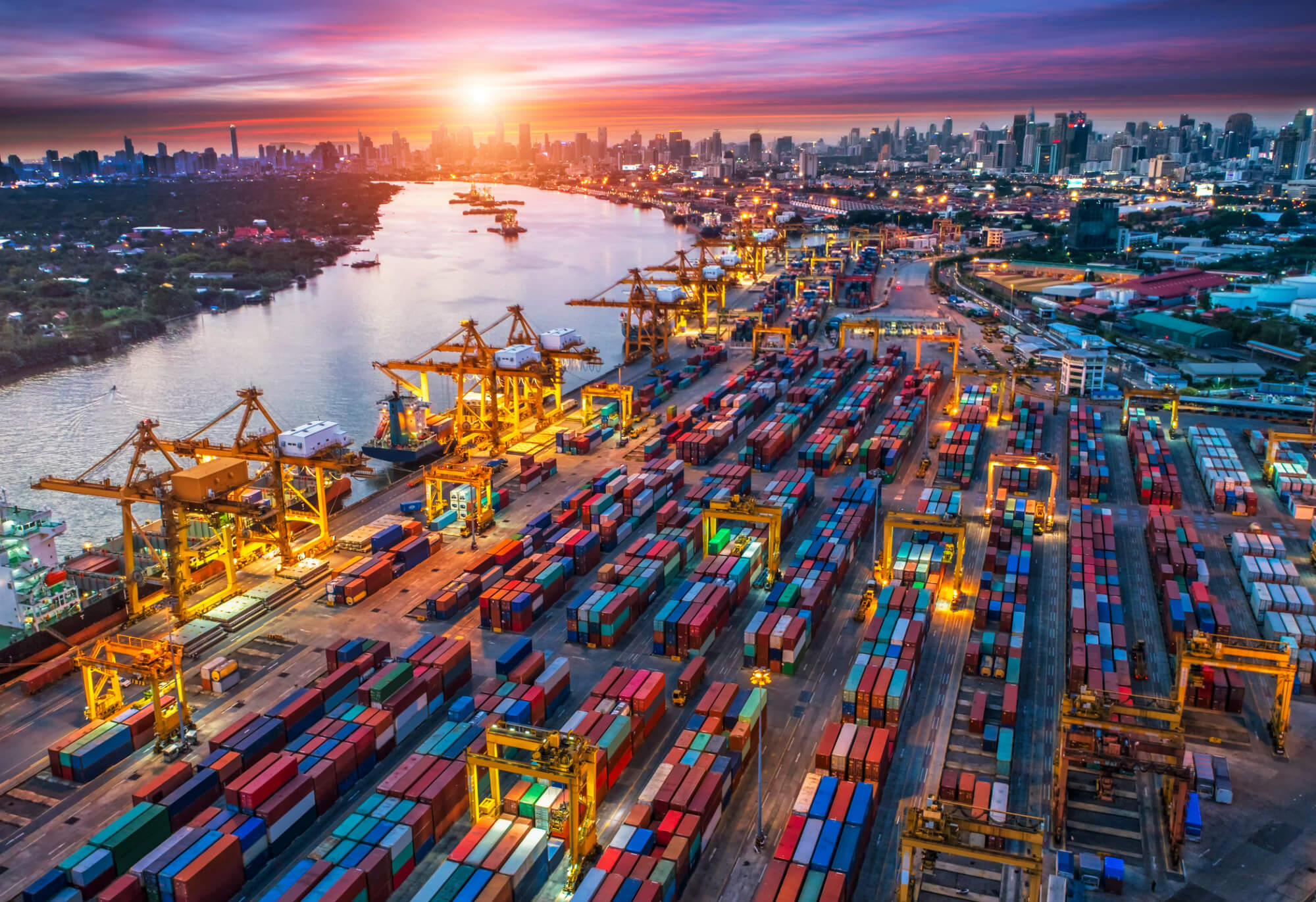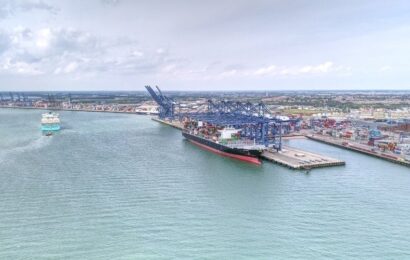

The majority of the world’s 4,900 ports are not yet using digital technology for even the most basic processes, Innovez One, a Singapore-based provider of smart-tech and AI solutions for the maritime sector, has said.
As explained, 80 per cent of ports continue to rely on manual, legacy solutions such as whiteboards or spreadsheets to manage critical marine services such as towage, pilotage and launch boats. This leaves many ports commercially vulnerable and less able to compete in an increasingly digital world.
While the phrase ‘smart ports’ has been used regularly within the maritime industry for a number of years, the benefits of digitalisation remain the preserve of only a few, large ‘Tier 1’ ports that have the profile and financial muscle. This has created a polarised landscape within the port sector, according to the tech company.
Many ‘Tier 2 and below’ ports still use manual, paper-based processes or Excel spreadsheets to arrange and execute jobs and rely on personal interaction and paper-based transactions as the norms for shipboard, ship-port interface and port-hinterland-based exchanges. This leads to a range of inefficiencies in ordering, execution, and billing, as well as a lack of sustainability and competitiveness, Innovez One stressed.
Alarmingly, this dynamic makes the ‘last mile’ of a journey at sea a weak link in the global logistics chain, opening up risks of delays, late payments, increased fuel consumption and emissions, reduced revenues, and even safety concerns stemming from a lack of traceability.

For the 20% of ports where this is not the case, they have often been able to rely on their own in-house software, Innovez One noted.
“The current dynamic reflects the often-messy reality of port operations, which is a blend of high-tech digital and paper-based, manual processes sitting side-by-side,” David Yeo, CEO, Innovez-One, commented.
“This causes issues in relation to interoperability, where systems are not talking to each other properly, which is impeding effective execution. However, it also highlights the fact that while global supply chains are becoming increasingly automated, of which ports are an integral part, the majority of ports still overwhelmingly rely on person-to-person systems.”
The ramifications and missed opportunities for ports from increased efficiencies, revenues, sustainability and competitiveness are said to be significant. In particular, towage operators are missing out on the opportunity to make substantial savings of their annual fuel costs by reducing the mileage of tugs while saving yearly maintenance costs and personnel cost savings of their towage vessels.—World Maritime News




